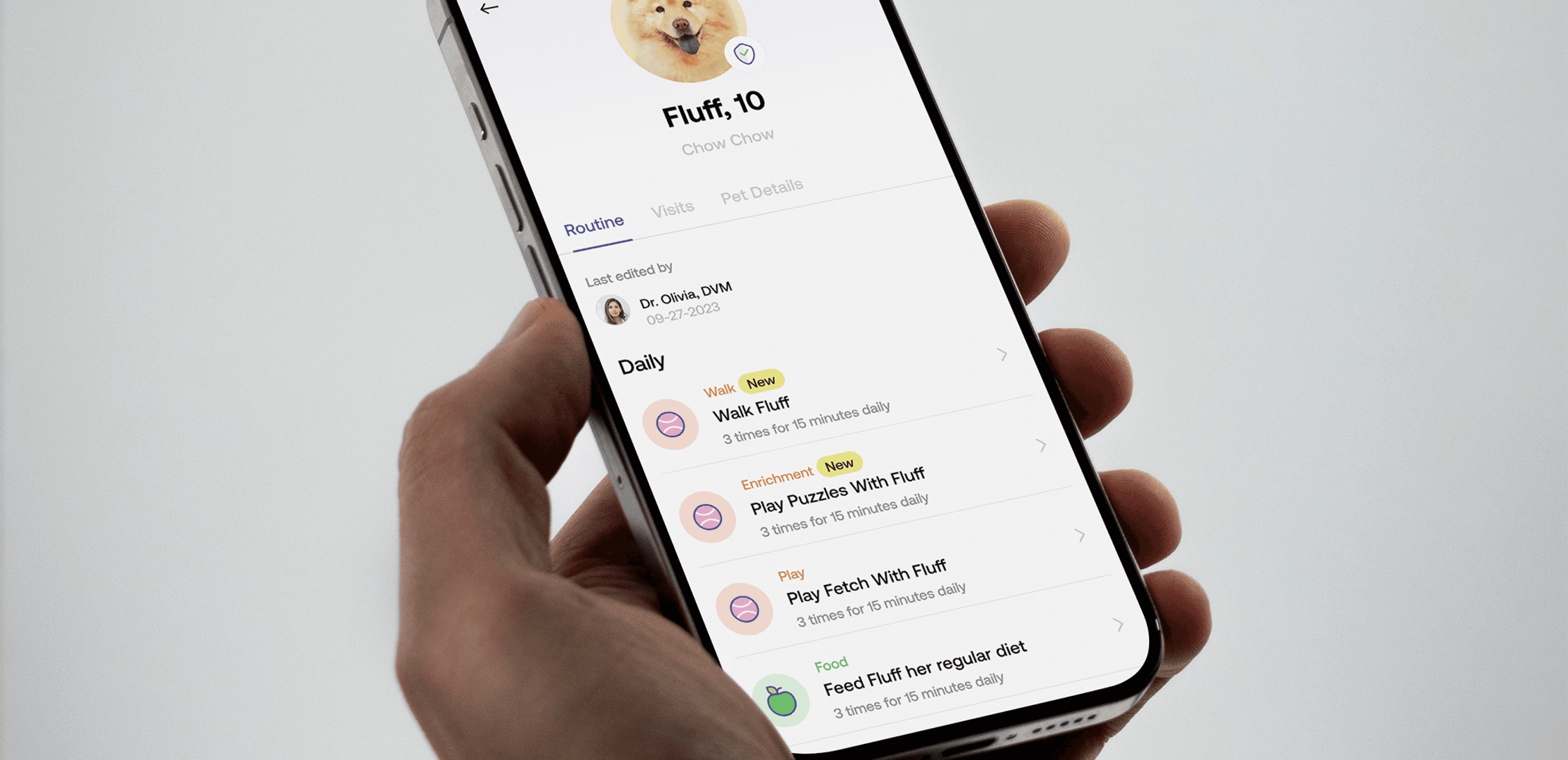Some Context
The original Idea of Pawp was just to be an app for Vets to directly meet with pet owners online.
The original Idea of Pawp was just to be an app for Vets to directly meet with pet owners online.
Issue — We wanted to be a more dynamic product
Users really just had a 1-sided view of our app - to be able to have a call with a vet more conveniently...which was fine, but we wanted to expand into something better - more holistic care.
Users really just had a 1-sided view of our app - to be able to have a call with a vet more conveniently...which was fine, but we wanted to expand into something better - more holistic care.
Vets also lacked a lot of Context
Issues that pet owners came to us wildly varried — was hard for vets to pinpoint sometimes how to care for your pet without knowing what type of lifestyle it had.
Issues that pet owners came to us wildly varried — was hard for vets to pinpoint sometimes how to care for your pet without knowing what type of lifestyle it had.
We came up with the idea of creating a Ideal Routine for your pet, that both users and vets can track.
We came up with the idea of creating a Ideal Routine for your pet, that both users and vets can track.



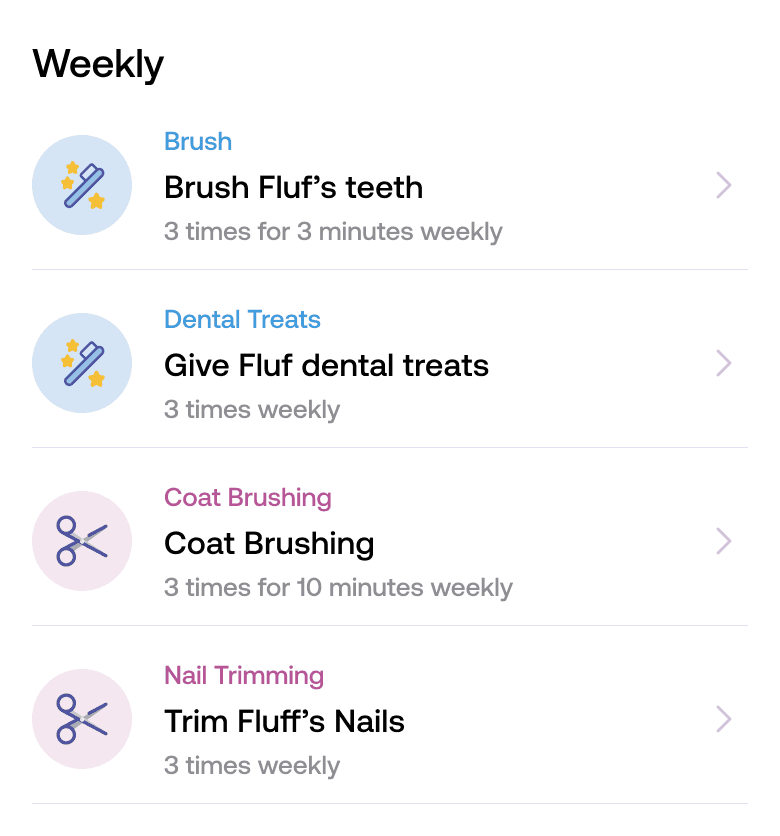



Users can check-in weekly and the routine could be updated by the vet asyncly (without a live vet call) and can be updated weekly.
This would help our vets give a better sense of how a user is treating their pet and what lifestyle changes can be made to help mitigate certain (and common) issues.
We were hoping that this would also lead to more user engagement, as users would have to check-in every week in order to see if they’re routine is on track
Users can check-in weekly and the routine could be updated by the vet asyncly (without a live vet call) and can be updated weekly.
This would help our vets give a better sense of how a user is treating their pet and what lifestyle changes can be made to help mitigate certain (and common) issues.
We were hoping that this would also lead to more user engagement, as users would have to check-in every week in order to see if they’re routine is on track
Starting With An Initial Assessment
Starting With An Initial Assessment
Basing the routine off your pet's current health
Basing the routine off your pet's current health
To get our users check-in on a weekly basis, we’d have to start off with a baseline - an initial assessment that all new (and old) users would have to do.
To get our users check-in on a weekly basis, we’d have to start off with a baseline - an initial assessment that all new (and old) users would have to do.
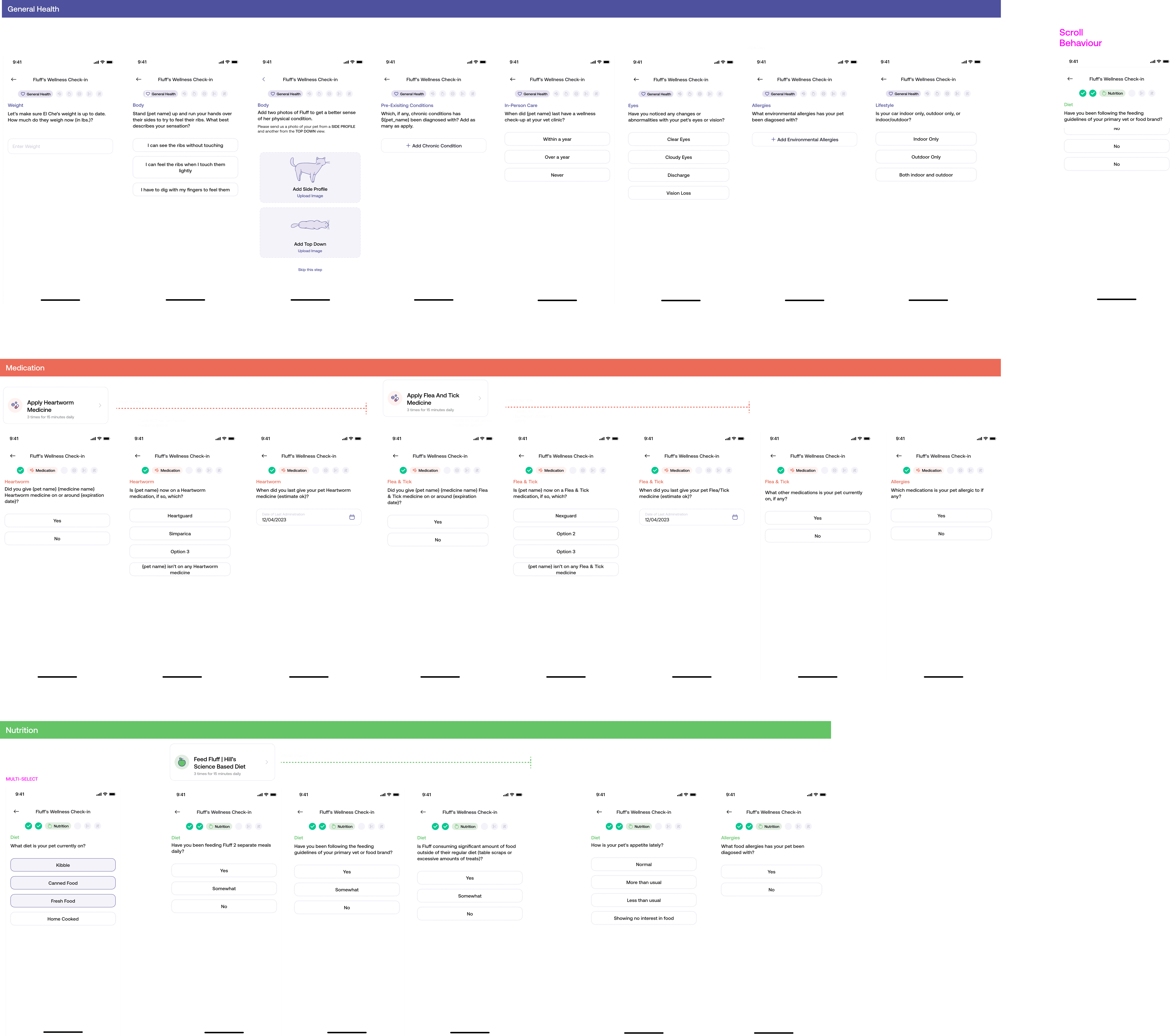



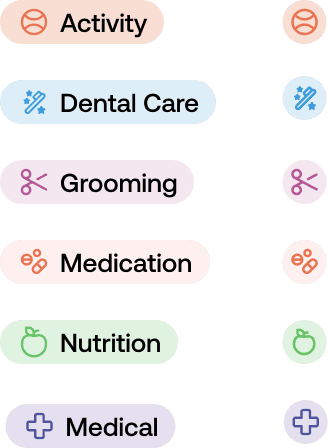
This quick questionnaire would basically ask users basic questions on how their pets deal with a routine.
This quick questionnaire would basically ask users basic questions on how their pets deal with a routine.
Some example questions would be:



These questions would determine how our vets would structure user’s custom routine and care plan. If something was missing, they would add a care action to the routine — or modify an existing one.
These questions would determine how our vets would structure user’s custom routine and care plan. If something was missing, they would add a care action to the routine — or modify an existing one.
Updating the Web Vet App
Updating the Web Vet App
We had to also update our vet app so that our vets could create these routines for our customers.
We had to also update our vet app so that our vets could create these routines for our customers.
Our vet app was only setup to deal with “LIVE” Visits - live calls where our users would have direct and live chats with our vets. With this new feature, we needed a way for our vets to see these weekly, bi-weekly and monthly check-ins without necessarily calling in.
Our vet app was only setup to deal with “LIVE” Visits - live calls where our users would have direct and live chats with our vets. With this new feature, we needed a way for our vets to see these weekly, bi-weekly and monthly check-ins without necessarily calling in.
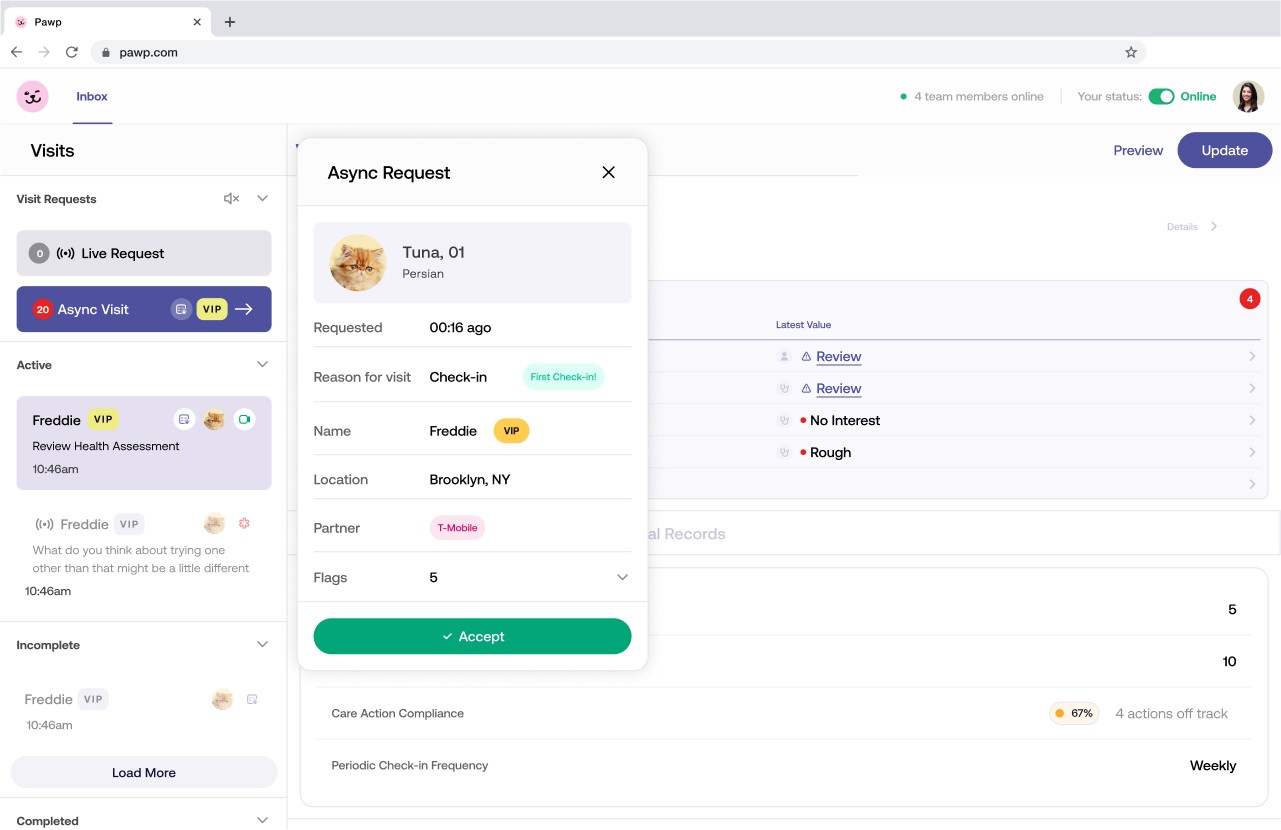


Visit Requests
3
Live Request
20
Async Visit
Visit Requests
3
Live Request
20
Async Visit
Async Request

Tuna, 01
Persian
Tuna, 01
Persian
Requested
00:16 ago
Reason for visit
Check-in
Check-in # 4
Name
Freddie
VIP
Location
Brooklyn, NY
Partner
T-Mobile
Flags
5
Accept
Async Request

Tuna, 01
Persian
Requested
00:16 ago
Reason for visit
Check-in
Check-in # 4
Name
Freddie
VIP
Location
Brooklyn, NY
Partner
T-Mobile
Flags
5
Accept
Async Request

Tuna, 01
Persian
Requested
00:16 ago
Reason for visit
Check-in
Check-in # 4
Name
Freddie
VIP
Location
Brooklyn, NY
Partner
T-Mobile
Flags
5
Accept
The questions & answers from the assessment would determine how our vets would structure user’s custom routine and care plan. If something was missing, they would add a care action to the routine — or modify an existing one.
The questions & answers from the assessment would determine how our vets would structure user’s custom routine and care plan. If something was missing, they would add a care action to the routine — or modify an existing one.
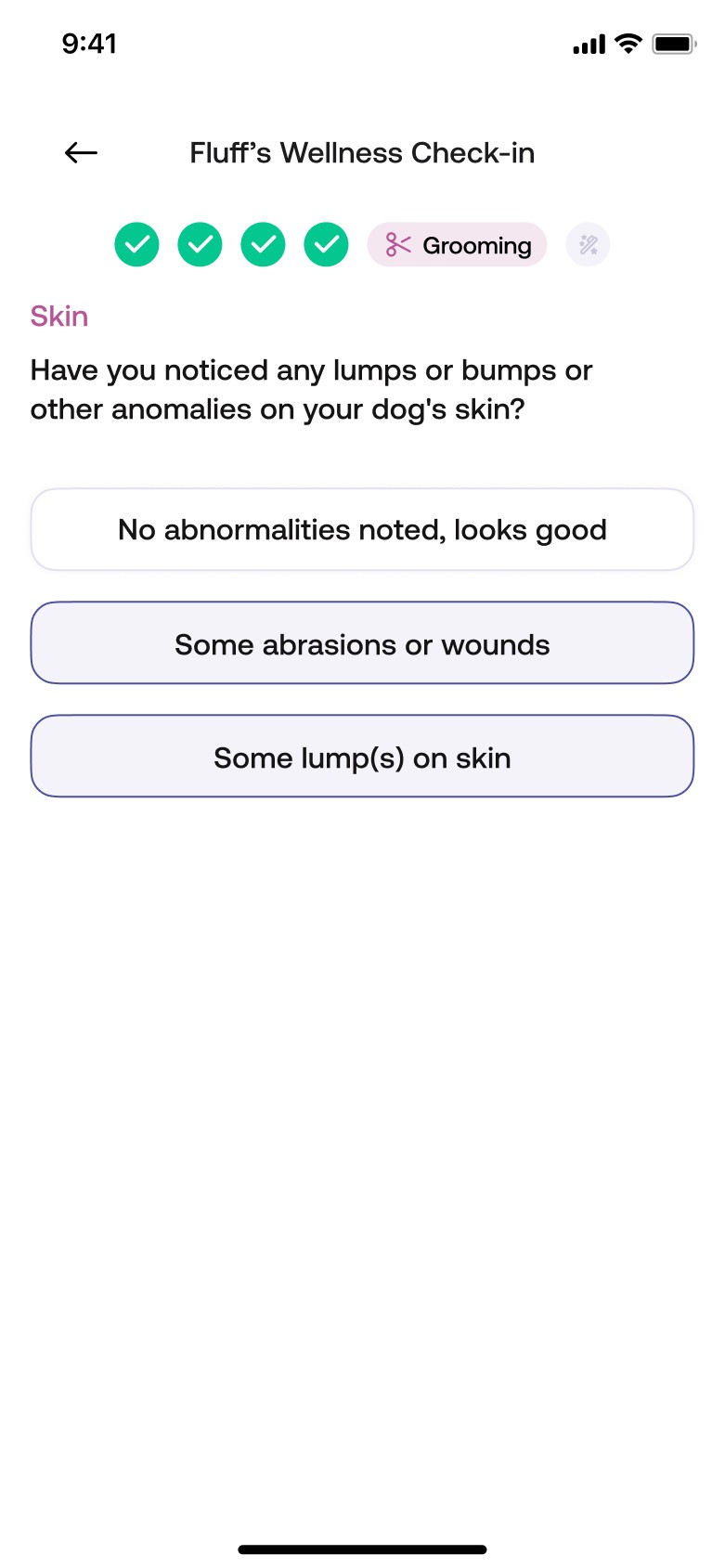


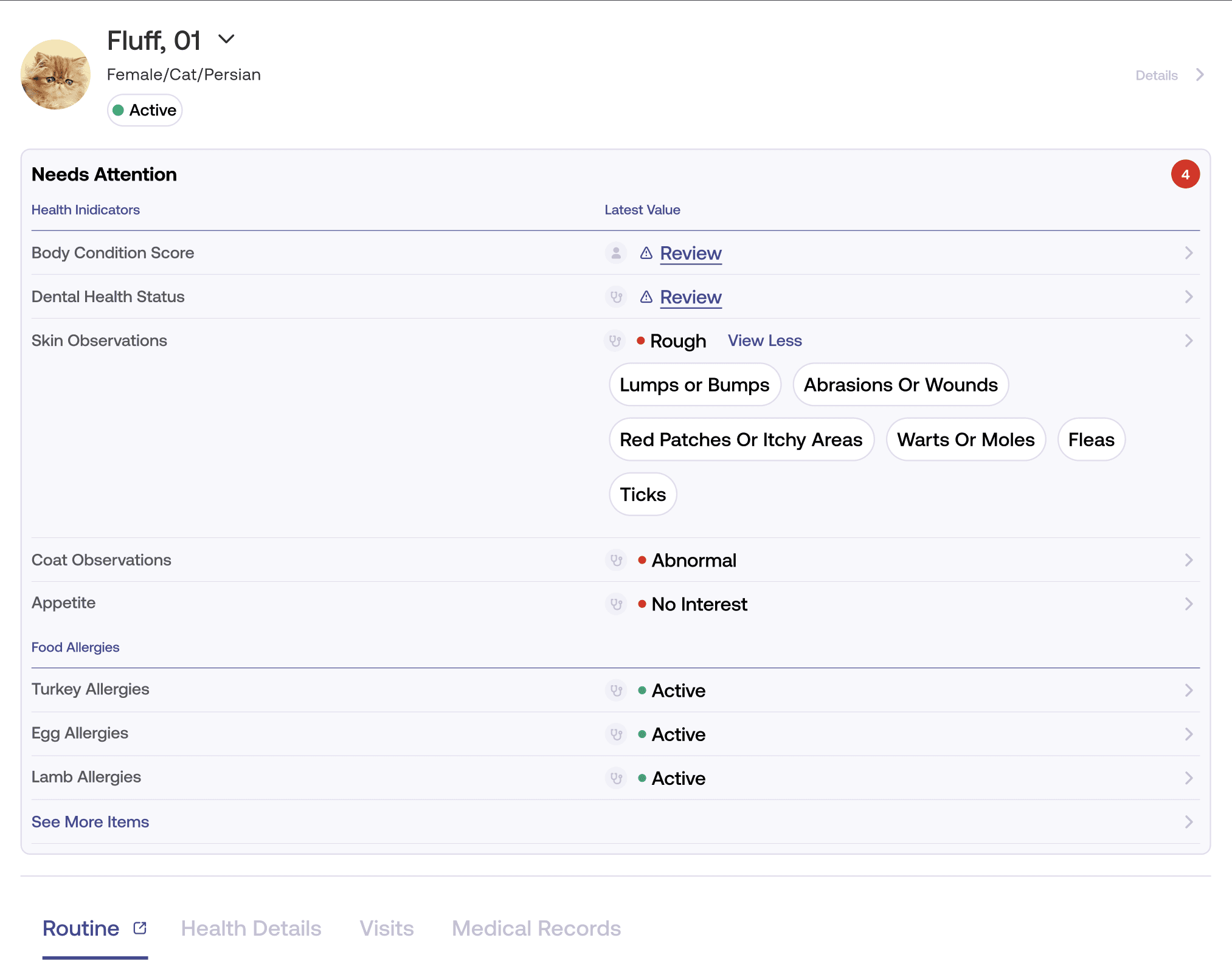


Our vets would have to see
A summary of the pet and it’s current health. Weight, Allergens, Diet etc.
Areas of concernt that should be addressed first
A decent sense of how the owner is doing with routine (Excercise, Medications, etc)
History of how the routine and care plan has changed over the weeks (Different vets updating)
If the user has been adhering to the routine
A summary of the pet and it’s current health. Weight, Allergens, Diet etc.
Areas of concernt that should be addressed first
A decent sense of how the owner is doing with routine (Excercise, Medications, etc)
History of how the routine and care plan has changed over the weeks (Different vets updating)
If the user has been adhering to the routine
Our vets would also have to
Add custom care actions
Set a cadence for a said care action
Add notes our guidelines
Add products & or medications
Add custom care actions
Set a cadence for a said care action
Add notes our guidelines
Add products & or medications
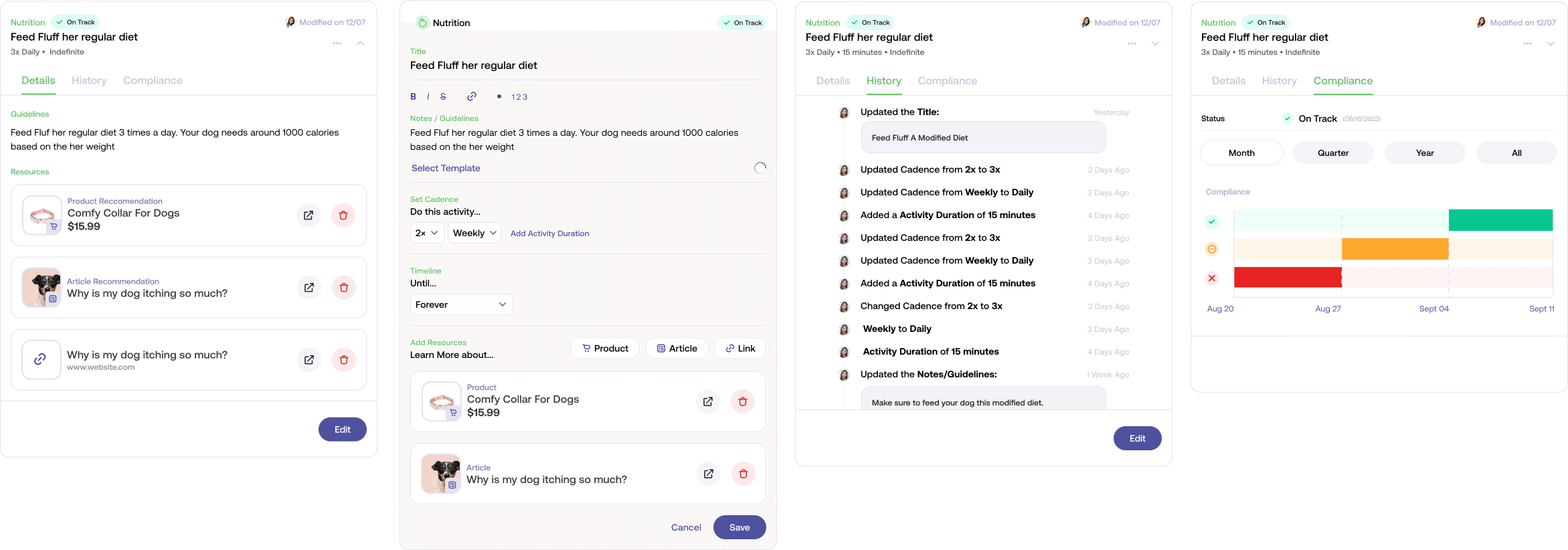



Re-engaging users with a check-in
Re-engaging users with a check-in
Our users would have to check-in weekly, bi-weekly or monthly with us for an updated care plan
Our users would have to check-in weekly, bi-weekly or monthly with us for an updated care plan
As mentioned, one of the main driving factors behind this feature was to get users to check into the app more often - quite literally. We designed it so that depending on what the user selected, they’d have to update our vets weekly, bi-weekly or monthly via another questionaire that we called the check-in
As mentioned, one of the main driving factors behind this feature was to get users to check into the app more often - quite literally. We designed it so that depending on what the user selected, they’d have to update our vets weekly, bi-weekly or monthly via another questionaire that we called the check-in
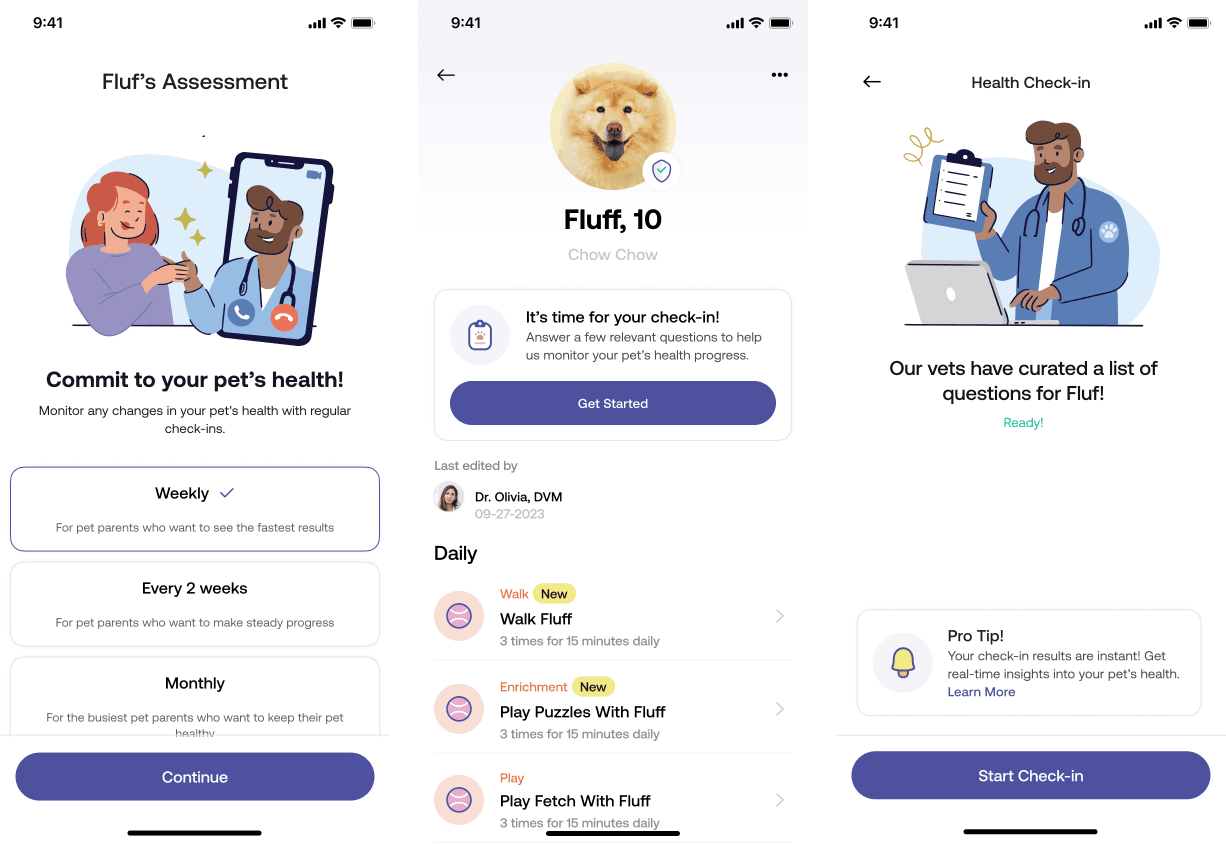


We would also has compliance questions inserted in each check-in and tracked the responses for these questions so we could see if users were improving their routine and completing the care actions recomended by the vet.
We would also has compliance questions inserted in each check-in and tracked the responses for these questions so we could see if users were improving their routine and completing the care actions recomended by the vet.
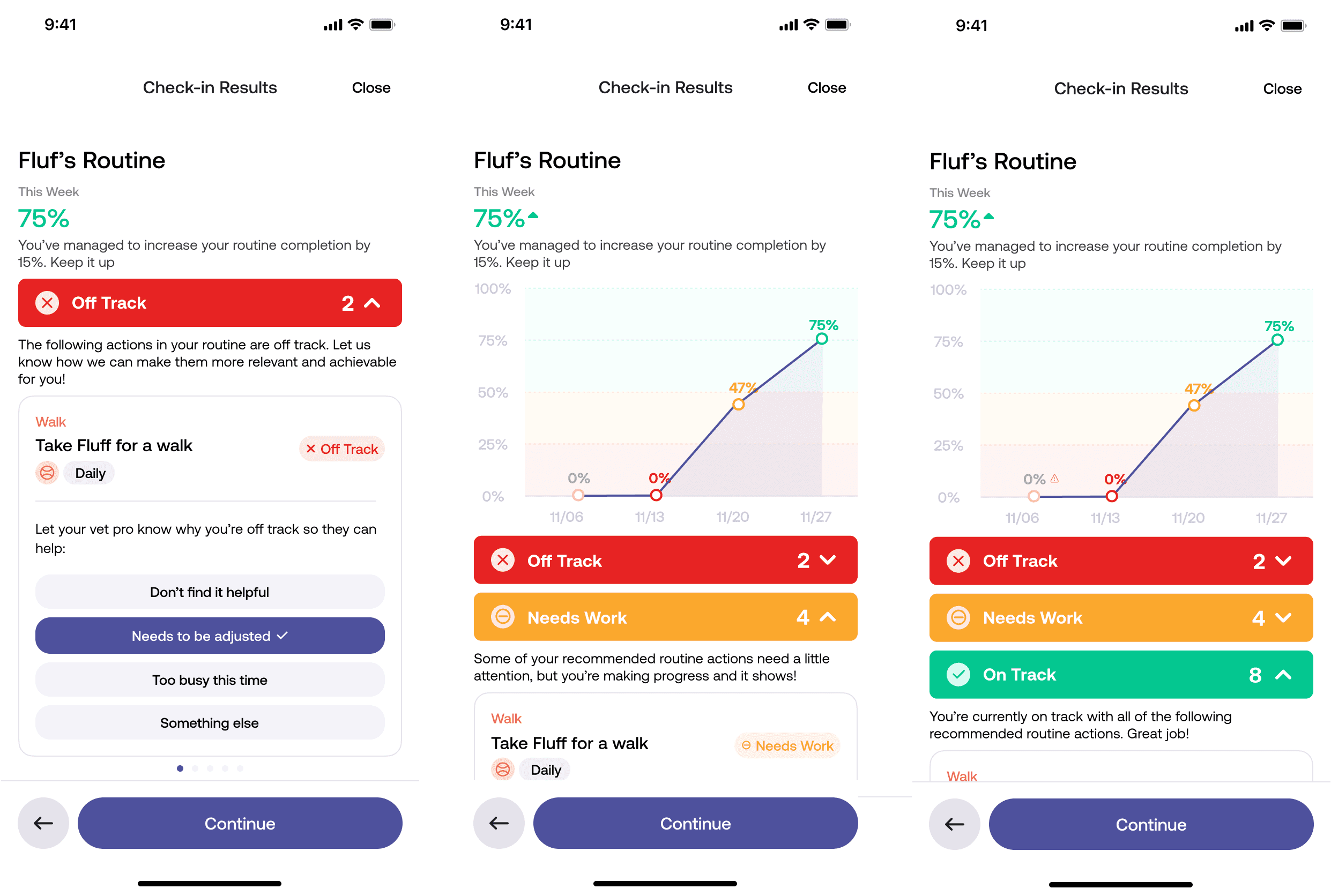


Strategy — Launching this feature with our T-Mobile
Strategy — Launching this feature with our T-Mobile
Joint partnership with T-Mobile during launch. More users funnelled through the assessment when signing up.
Joint partnership with T-Mobile during launch. More users funnelled through the assessment when signing up.
The partnership would lead to a larger number users being funnelled to our app onboarding than normal — at least +940% for the month of the partnership, and all of these users would have to go through the assessment & routine flow.
The partnership would lead to a larger number users being funnelled to our app onboarding than normal — at least +940% for the month of the partnership, and all of these users would have to go through the assessment & routine flow.
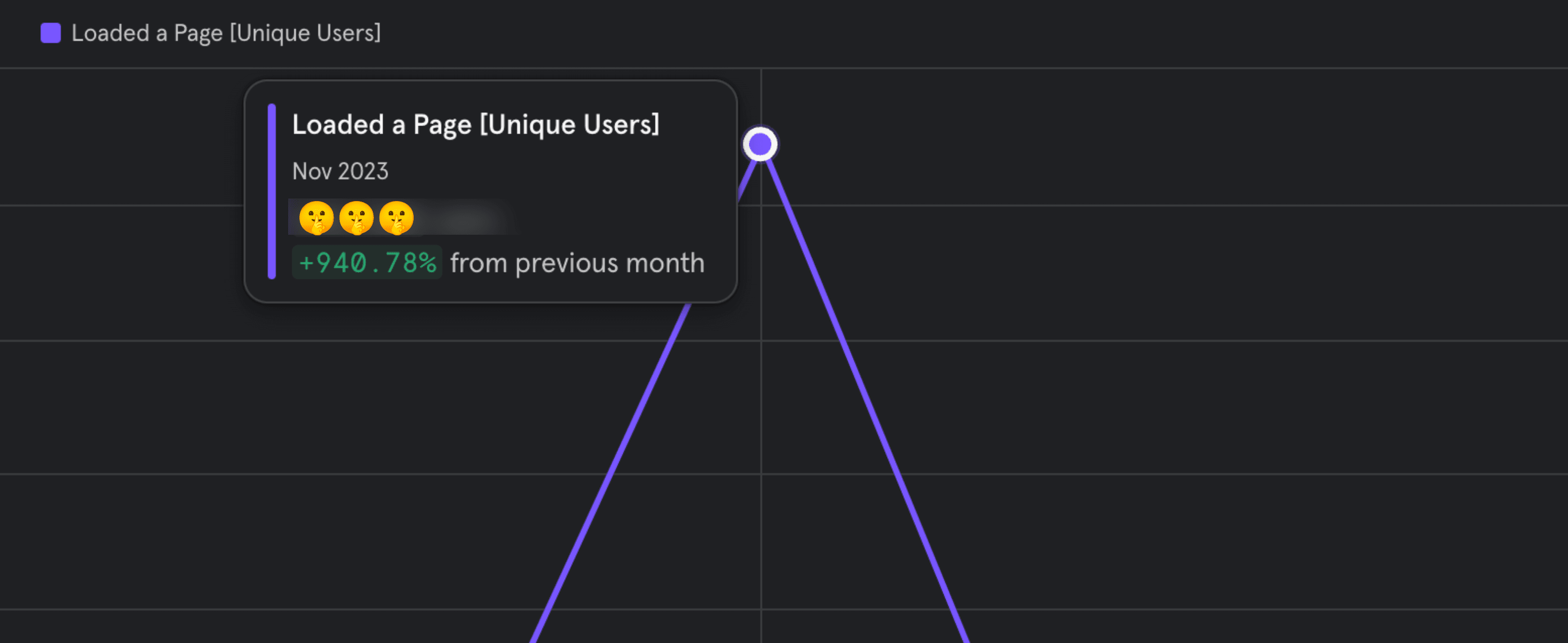


During the Assessment / first questionaire, we found about 45% of users made it through which wasn't bad considering this was the longest part of the process — most of the users dropping off in the first screen anways.
During the Assessment / first questionaire, we found about 45% of users made it through which wasn't bad considering this was the longest part of the process — most of the users dropping off in the first screen anways.



In general we had about 84% of our users from that partnership that month.
A month later about 24% of those users continued to do the check-in which kept steady for the next few months as well.
In general we had about 84% of our users from that partnership that month.
A month later about 24% of those users continued to do the check-in which kept steady for the next few months as well.

Future Feature
Future Feature
Using routine data to create a health hub
Using routine data to create a health hub
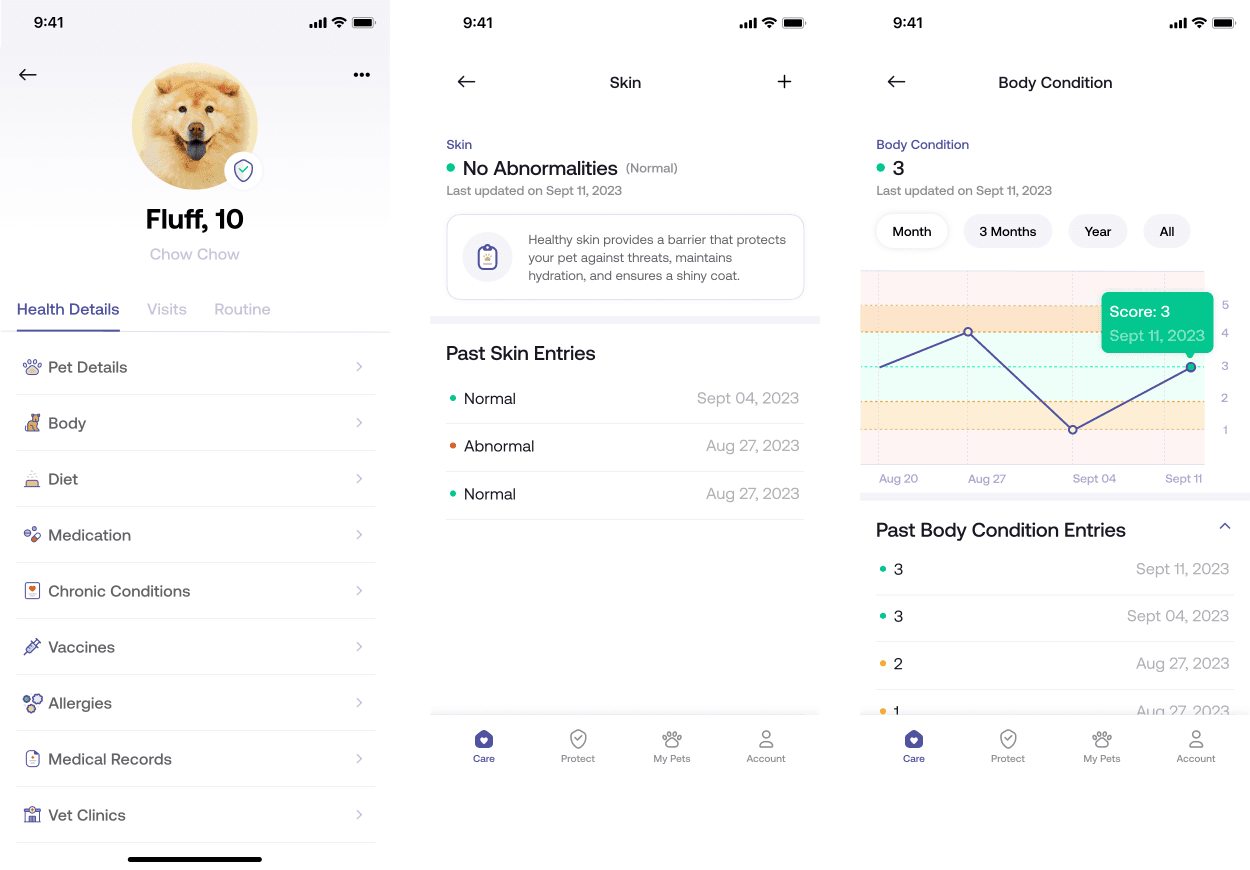


The next part of this project was to create a health hub where users and vets can both gather information from these routines as well as their live visits.
I go more into this in another case study.
The next part of this project was to create a health hub where users and vets can both gather information from these routines as well as their live visits.
I go more into this in another case study.
rileyco@live.com
